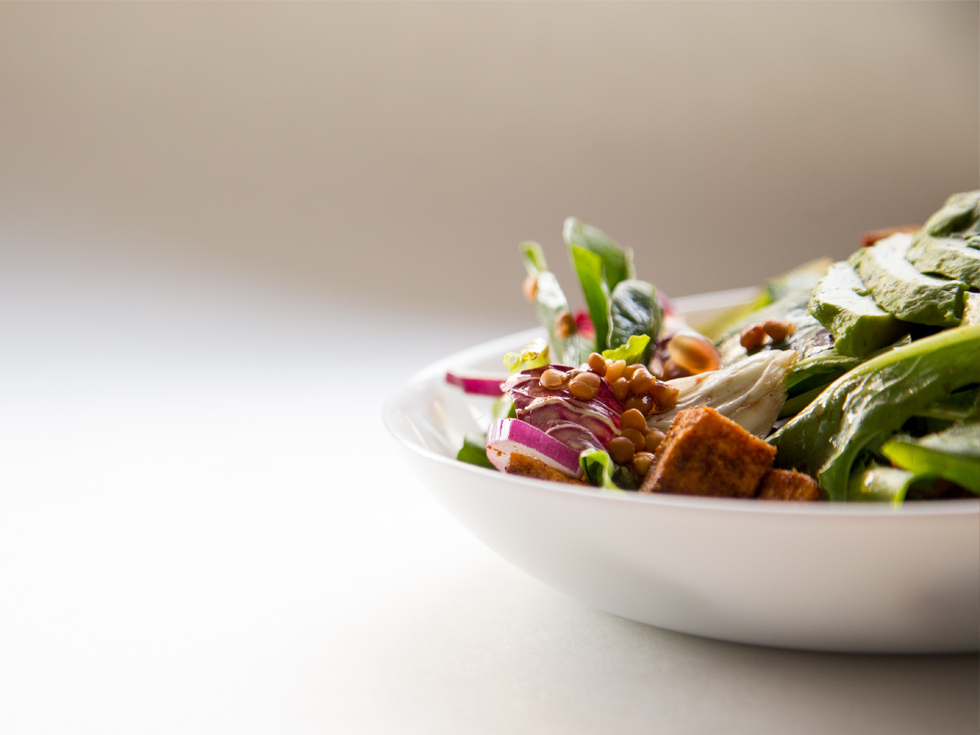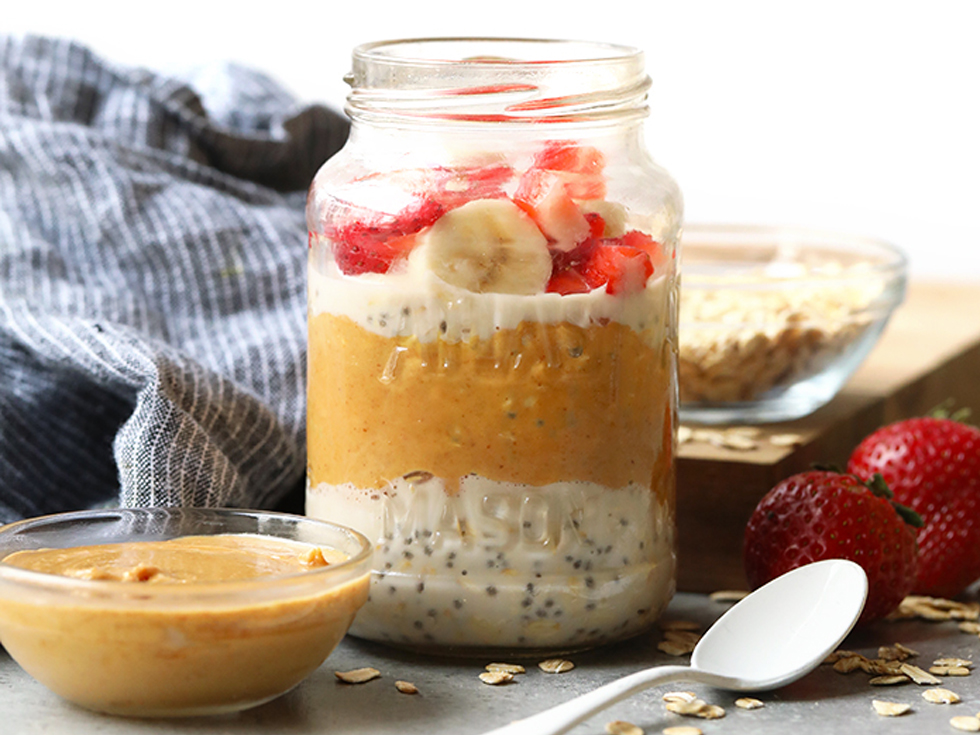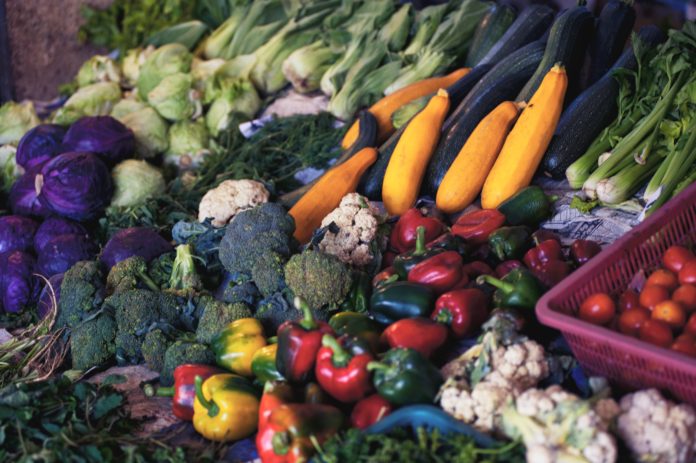At first hiring a nutritionist seemed like an extravagant expense. I don’t have any eating disorders or major dietary issues. However, I have been following a plant-based vegan diet since the start of 2018, and whilst I can only report feeling better across pretty much all measures since giving up dairy, I was interested in getting some nutritional guidance to find out if changing my eating habits could give me a bit more pep throughout the day.
One of the other reasons I wasn’t sure if it was a necessary investment was also paradoxically one of the reasons that it probably was. That is to say that I’ve been consuming nutritional information in one form or another for most of my adult life. From the pages of Men’s Health, to diet sheets from personal trainers, to blog articles and Youtube videos.
As you might expect there has been a fair amount of contradiction throughout those sources. Indeed, I’m sure most of us feel overwhelmed and bamboozled by the oceans of nutritional content out there, and in this post-truth era in which we know that scientific studies are often funded by major corporations who have a definite vested interest in proving certain ‘facts’, it’s harder than ever to know what is real, and what is fake news.
Plus, even if there could be a guarantee that everything we read was true, optimum nutrition is relative to the individual. What works for you might not work for me for a myriad of reasons. Indeed, science is still in the early days of discovering the fascinating area of gut health, and the influence on our wellbeing of the millions of unique bacteria that live within our stomachs and intestines.
And so I decided to reach out for professional guidance specific to me and scheduled a session with the wonderful Nurnberg-based nutritionist Megan Mitchell who had come highly recommended.
Getting started
Going into the initial consultation session one hot July afternoon I already felt incredibly positive that I was taking this proactive step for myself.
Diabetes had a major damaging impact on my Mum’s life, and it broke my heart that she didn’t pay more attention to nutritional guidance from medical professionals. Whilst I’m thankfully in good health, a key driver for me is that I want to learn from my parents’ mistakes when it comes to health.
As you would expect, in our initial consultation Megan asked me a series of questions about my eating habits, preferences, and any specific issues I wanted to address.
She also invited me to narrate an ‘Ideal Lifestyle Statement’. A vision of what my life would feel like if I was living my best day every day, which you can read at the end of this article.
I also received a homework assignment – to keep a food diary for the next two weeks – tracking all the food and drink I consumed throughout the day, my bowel movements and digestion, my thoughts, feelings and mood, and my physical activity – all to build a highly detailed picture of my current patterns.
This provided a great foundation to work from, and over the subsequent sessions we uncovered and worked on a number of key areas. Some of which might also be relevant to you:
Emotional eating
We identified a pattern of emotional eating that I had sustained since childhood.
Now this rarely (but not never) takes the form of the stereotypical extreme binge, such as yawning a litre of ice cream whilst sobbing on the sofa. More regularly it manifests as a sudden urge to eat something sweet when work gets stressful, or if I’m working late to a tight deadline. Or ordering take-aways and mindlessly scoffing chocolate when my partner is out of town and I’m home alone on a weekend. But, of course, what constitutes a ‘binge’ is completely relative to the individual. In my case, we saw that I eat very healthily and consistently probably 90% of the time, making the outliers pretty easy to identify and focus on.
These were interesting observations to confront, especially noticing how these cravings completely take over my bodily awareness and my otherwise pretty strong self discipline when they strike.
Awareness is the first step, and now I have identified these as patterns I can employ alternative strategies. For example, instead of caving to a craving, I can try interrupting the pattern with something else. Maybe going for a five-minute walk, a quick meditation, doing 10 push-ups. I heard a recovering heroin addict say last week that even the strongest urges usually pass within 20 minutes so if I can just distract myself for that long, I can avoid compromising my best intentions.
Trigger foods
We also identified that I have certain trigger foods that I find it hard to exercise self control with. And whilst chocolate is one of them, in many cases they aren’t necessarily ‘unhealthy’ foods, although eaten to excess they pack an enormous amount of calories which are counter to my goals.
For example, cashew nuts are a major trigger food for me. A sensible amount to eat is roughly 50g (already 276 calories), but if I open a 250g pack, I can easily motor through the whole thing without even noticing (an enormous 1,382 calories).
Cereal/muesli is another for me, as is veggie chilli. If there’s a pot of chilli in front of me I love the taste so much that I will continue eating it until way past the point of satiety. Two, sometimes three portions. And then of course, I really regret it when the bloating hits.
So I’ve learned that it’s important to be very aware of what my trigger foods are and adopt certain strategies around them. For example, portioning out 50g of cashews into a small container rather than taking a bigger bag with me to work. Or not keeping chocolate or ice cream in the house to disable the temptation to binge when no-one’s looking.
How much food is enough?
I admitted to some confusion about how much food I should be eating. Like many, I was brought up to clear my plate at every meal, whether I felt hungry or not.
Add to that all of the conversation about ‘food as fuel’ – “You need to maximize your muscle gains,” etc, and as crazy as it sounds, it actually came as a surprise to me when Megan told me that the best guide to whether or not I have eaten enough is simply to listen to my body. The issue was, I had completely lost touch of how to do that.
So over the course of the sessions Megan re-taught me to tune in and recognise the actual physical sensations in the body that relate to hunger. What does it really feel like to be actually hungry, as opposed to just craving something? What are the exact sensations in the stomach? How about the mouth? How does it feel different to when I just “fancy something a bit sweet”?
Megan taught me to take my time when eating. To pause and pay more attention to my body. “Am I still hungry? Or am I full?” “Is that enough now?”
As simple and obvious as it sounds, this is advice I really needed to be reminded of. And even now, a few months later it is still something I forget to do pretty much every day.

Optimum nutrition and consistent energy
As you would expect, we also looked at what I was eating and the balance of nutrients I was consuming.
As a vegan I learned how extra important it is to be aware of my nutrient intake and she encouraged me to get my blood tested for Vitamin B12, D3, Ferritin and Glucose HbA1C. All of which turned out to be at very healthy levels.
However, one area I really wanted to look at was if nutrition could help me gain and maintain consistent energy throughout the day.
At the time I described feeling like I was operating at 60-70% of my potential most of the time, as well as finding myself susceptible to brain fog and slump periods when I felt practically useless. This seemed unpredictable so could strike just as I stepped onto a tennis court to begin a game, or in the middle of an important meeting at work.
I know what you’re thinking, “you probably needed to cut out sugar and/or caffeine” – both known for creating spikes and troughs throughout the day.
But honestly, I consume practically no refined sugars – at least during the week – and was avoiding caffeine for most of 2018 too, so I was looking for other solutions.
And with just a few simple adjustments, as well as some recommendations from Megan’s impressive Pinterest board of recipes, these issues I’m delighted to say are behind me.
So if the above description sounds familiar to you then these are the three things I recommend the most:
1. An oat-based breakfast
Oats really are the breakfast of champions. Since introducing a regular serving of overnight oats, soaked in nut milk, with apple, raisins, seeds and carrot thrown in for good measure, I’ve experienced more consistent power throughout each day. I’m always full up until lunchtime, and also less likely to get hunger pangs late in the afternoon.
Indeed the majority of available evidence supports the common phrase, “breakfast is the most important meal of the day”. Starting off with a balanced meal in the morning builds a foundation for efficient metabolism, assists in the regulation of blood sugar, and provides the opportunity to sneak in more nutrient dense foods (so your intake is spread out all day) to fuel both physical and mental performance.
Overnight oats are also insanely easy to prepare. You literally just drop a load of stuff in a jar and give it a stir.
For a simple recipe and plenty of inspiration to keep your oats varied, I often refer to this. There are some great suggestions for variations on the theme at the bottom.

2. A balanced lunch
Megan gave me a simple formula to bear in mind when constructing every meal.
V + P + HF + C
(Vegetables + Protein + Healthy Fat + Carbohydrates)
For example, in this order and portioned to hunger a meal could consist of;
1. 1 cup of greens (V)
2. 1 cup combined other vegetables (without oil) (V)
3. Protein (eg. lentils, chick peas, tofu, tempeh, * almonds/pumpkin seeds) (P)
4. Healthy fats (eg. 1 tablespoon nuts/seeds, olive oil, avocado) (HF)
5. Carbohydrate (better choices: quinoa (also a complete protein), brown rice, whole grain pasta or bread) (C)
Now, this isn’t about being overly prescriptive and weighing out every ingredient. It’s more to develop the skill of thinking to mentally check-off these four steps as you build your meal so that it becomes intuitive to balance ingredients and food groups.
It made me think just how many of the meals we are brought up eating are woefully unbalanced (pasta with tomato sauce anyone?), but with some smart simple additions and tweaks it’s easy to bring more balance.
3. Sleep more
I appreciate this isn’t a point about nutrition, but another key learning is how interwoven all of our bodily systems are. Treating nutrition as an isolated topic independent of other lifestyle factors doesn’t make any sense.
For years I was convinced that I could get by on 6.5 hours sleep every night. I could definitely function, and some days I would even feel great. But most days I wouldn’t.
Whilst it’s a blow to the ‘Mr. Driven Adam’ who wants to achieve so much and squeeze as much productivity as possible out of each day, I now know I need 7.5 to 8 hours to feel great and perform well.
I finished my last session with Megan yesterday and we spent some time reflecting back on how far I’ve progressed since July last year.
We revisited the vision of a perfect day in my ideal lifestyle that I had spoken of back in our first session, and it was amazing to see how many of the things I wished for are now a part of my life that I already take for granted. I firmly believe it’s important to pause to celebrate progress every now and then like this.
Not all of these are necessarily a direct result of my nutritional work, but undoubtedly it has played a major role, so thank you Megan for all of your support. And for anybody out there deliberating whether or not to reach out to a nutritionist, I wholeheartedly recommend it.
It could change your life.
My ideal lifestyle statement
I wake up energised and enthusiastic for the day ahead.
I feel well-rested and capable.
I make time in the mornings for a creative-download, using writing as a brain-dump to clear my mind, alongside meditation practice.
I have a relaxed and simplified approach to food, a freedom and confidence in knowing that I have the knowledge and the intuition about what my body needs.
I give time and focus for food (shopping, preparing, cooking, eating, sharing) and I find a real joy in these experiences related to food and eating.
The choices I have made make me feel positive and food is not just a fuel but an experience.
I feel satiated, comfortably full after a meal
I feel prepared and energetic going into an exercise session. I am confident I have given my body what it needs for the workout and I feel strong.
Afterwards I feel energised and have a sense of achievement.
I work efficiently; using the first ½ hr of my day for concentrated thought and focus, to structure my day in the most efficient way working to my biorhythms, such as doing emails after lunch.
In meetings I am focused and motivated, sharp and ready to actively contribute with opinions and ideas.
I have a positive voice with my friends, family and colleagues, confidently sharing and articulating my thoughts and points of view
I leave work with a sense of freedom, satisfied that I have done my job well.
I am excited to walk through the door to see my partner, maybe to cook together and relax, to chat about our days and life.
I feel enthusiastic in the evening, choosing to write or blog or work on a side project.
I go to bed positively exhausted I feel satisfied and inspired, I feel creative and like I have challenged myself in the day, both mentally and physically.




